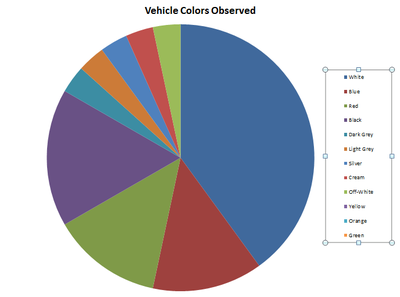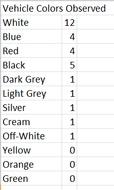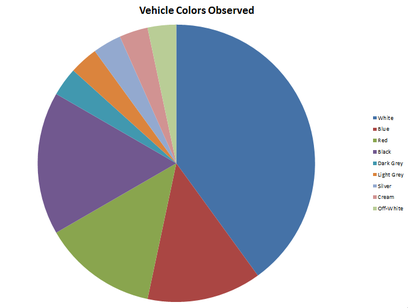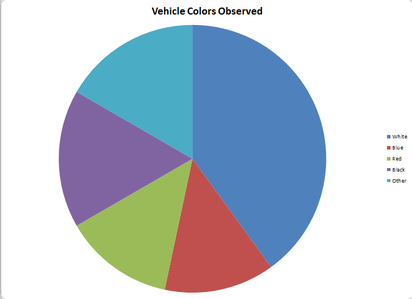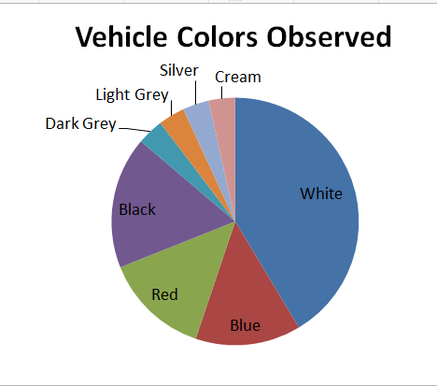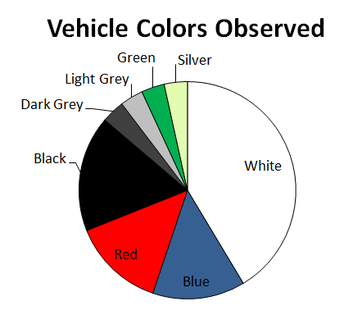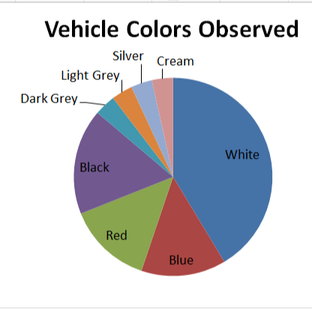A Picture is Worth a Thousand Words, but which words do these graphs say to you?
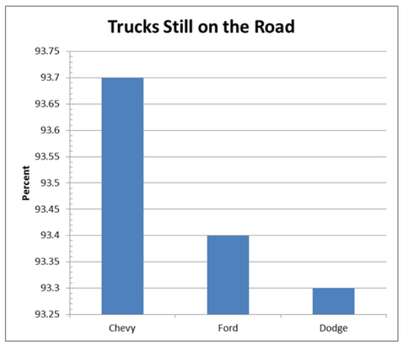
So we left off with this graph, that shows Chevy is by far the most dependable truck because the bar is so much higher than the bar for Ford or Dodge. But look more closely. What does the scale on the left of the graph show you?
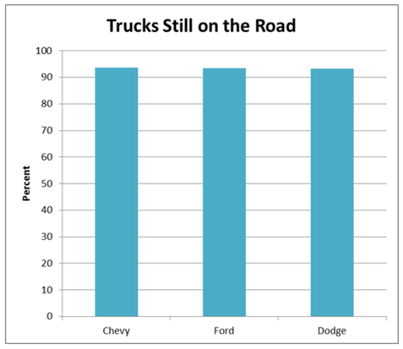
This graph was created with the exact same source data. So why does it look so different? Look closely at the scale on the left side of each graph. The top graph has a scale that goes from 93.25 to 93.75, while the bottom graph shows from ZERO to 100. Does that make a difference? You bet it does. The three bars appear to be equal in height, so it looks like there is NO DIFFERENCE at all in the three truck manufacturers' quality.
The truth is that the difference between the best (Chevy at 93.7%) and the worst (Dodge at 93.3%) was really a difference of only 4 trucks out of 1000.
The truth is that the difference between the best (Chevy at 93.7%) and the worst (Dodge at 93.3%) was really a difference of only 4 trucks out of 1000.
More Bad Graphs!?
HOME PAGE * TOP OF THIS PAGE * PROJECTS PAGE
